Big Points – Justin Bell
Do you remember the 2020 release Bites, published by Allplay (then unfortunately known as BoardGameTables.com?) Big Points is the game Bites is actually based on. Big Points, released in 2008 and designed by Brigitte and Wolfgang Ditt, is a very simple set collection game that uses discs in seven colors to dictate play. Using five pawns that are available to be moved by any player, players move a pawn forward towards an end-game podium and land on the next disc matching the color of the pawn. Then, the active player gets to choose a disc adjacent to the pawn’s new space before a turn ends.
Discs are shuffled and laid out randomly in a wavy line during setup, creating a cool-looking snake shape of discs on the table. But Big Points—which plays in maybe 10-15 minutes with experienced players—quickly becomes a light strategy game because of the way the discs score. The first pawn to reach the podium makes discs of that color worth four points each, with successive pawns and their associated colors becoming worth less and less points. (The final pawn to get to the podium makes the final color worth zero points per disc!) After the five primary color pawns, there are discs in two other colors in the initial layout—white discs score points equal to the largest variety of capture discs in a player’s possessions, while black discs let players take an extra turn.
I enjoyed Big Points for its simplicity and deceptive strategic elements. It’s also just really pretty…which is only funnier to me because the Bites version is a little overproduced, with ants taking over for plain ol’ discs. Big Points accommodates 2-5 players but I think I would prefer it best with the highest player count to ensure maximum chaos. And it’s so easy to teach that I could slip this in front of my eight-year-old. Big Points is out of print, so if you want a copy, you’ll have to pony up for the Bites version. Regardless, the gameplay is perfect for a game night kickoff.
Ease of entry?
★★★★★ – No sweat
Would I play it again?
★★★★☆ – Would like to play it again
Read more articles from Justin Bell.
The Same Game – Kevin Brantley
After all the fun I had with Things in Rings, I decided that word games with context association are one of my favorite party game styles. When The Same Game was pitched to me in the same (pun intended) style as Things in Rings, I had to check it out. This title is being brought over from Germany by Hachette Games.
The twist in this word association game is that it’s entirely cooperative. Players secretly draw a number out of a bag that indicates which of the prompts is the “trap.” These prompts range in difficulty, from “intended use” to “complexity of construction” to “importance to humanity.” Players then write a clue for their word card to help the team determine which prompt needs to be avoided.
Handsome plastic cups are placed over the other prompt numbers, and the rest of the team must rule out which prompts the clues don’t fit. Successfully removed cups are placed on the board for points until the trap is revealed. The goal is to score as many points as possible to achieve certain ranks, but players don’t ever lose the game—just bragging rights.
The game is solid and stands out in a sea of word association games. Depending on your group, the discussions can get deep regarding context. Some clues are easy to deduce and lead to quick rounds, while others can result in longer, morelonger more philosophical discussions. Players are also at the mercy of the object card and prompts, making it challenging to craft the perfect clue. I appreciate the different difficulty levels included, making the game accessible while allowing players to adjust the challenge to their preference.
The Same Game feels familiar enough to grasp quickly but different enough to be worth checking out. It won’t revolutionize the word association genre, but it will bring laughs and joy to the party, nonetheless.
Ease of entry?:
★★★★☆ – The odd bump or two
Would I play it again?:
★★★☆☆ – Not my top party game choice, but would happily play it again
Read more articles from Kevin Brantley.
Message in a Bottle – Andrew Lynch
The packaging for Message in a Bottle, a clear plastic bottle with a cork top, is great. The paper wraparound is so charmingly illustrated that I didn’t want to throw it away. Though the cork initially struck me as precarious, given all the small bits inside, it has proven reliable.
Shame about the game, which fails to make any sort of impression at all. I’ve played this word game with children, with adults, and even received session reports from children who were playing by themselves, and nobody seems to care for it. It’s not that it’s bad, but it doesn’t do much, one way or the other.
Ease of entry?
★★★★★ – No sweat
Would I play it again?
★☆☆☆☆ – Would play again but will cry about it
Read more articles from Andrew Lynch.
Flash Point: Legacy of Flame – David McMillan
Flash Point: Legacy of Flame launched on Kickstarter in March of 2024. Being fans of Flashpoint, my wife and I wasted no time in hopping on board. After nearly a year of waiting, the game began fulfillment in mid-January of 2025 and arrived at my home sometime in early March. This was auspicious timing as my wife, my son, and I were about to head off to a well-deserved beach vacation, and it seemed like the perfect time to dig into it.
Wow. This game is intense.
Altogether, my wife and I played through both prologues, which serve as a refresher for those who are already familiar with the system or an introduction to the system for those who aren’t (my wife and I were a little of both), and four of the game’s 12 episodes. The first episode pitted us against near insurmountable odds. In fact, we lost, and we lost HARD. We didn’t meet a single one of the mission goals, only saved a couple of victims, and the entire building fell down around our heads.
A humbling defeat, for sure. It showed us that we still clearly had a lot to learn. Each game has gotten progressively better as our characters become better skilled and better equipped. But, the missions keep growing harder along with them. So far, we’ve had a blast, and we can’t wait to see where this game takes us next.
Ease of entry?
★★★★☆ – The odd bump or two
Would I play it again?
★★★★★ – Will definitely play it again
River of Gold – Andy Matthews
Hotness is not only subjective, but it also comes and goes, often so quickly it can be hard to keep track of. But when you see a game that receives mentions from many avenues, it’s at least worth a look. I finally had the chance to play River of Gold this past weekend—which has been getting lots of kudos over the past few months—and really enjoyed it.
The first thing you’ll notice about the game is the board; catch it in the right light and the central play area, the titular river, literally shimmers with gold ink. It looks like an elaborate Japanese kintsugi, but this game is definitely not broken. The next thing you’ll notice is the care that new publisher Office Dog took with the game: wonderful artwork on all the boards and elaborate wooden components. They clearly took the assignment seriously.
The gameplay is equally good. Players move their barges to and fro on the river, collecting various resources, in order to afford themselves the ability to fulfill contracts, build new facilities along the river banks, and increase their relationships with various communities. Much of the game is standard fare (move up on community tracks, earn resources and bonuses), but the various parts of the game are assembled very well, and feel thematically tied together. I don’t know the backstory of the “Legend of the Five Rings” setting, but I don’t think that’s a requirement. Whether you know the lore or not, you won’t regret getting River of Gold to the table.
Full disclosure, River of Gold designer Keith Piggott is an acquaintance of mine, but that relationship does not affect my feelings about the game.
Ease of entry?
★★★★☆ – The odd bump or two
Would I play it again?
★★★★☆ – Would like to play it again


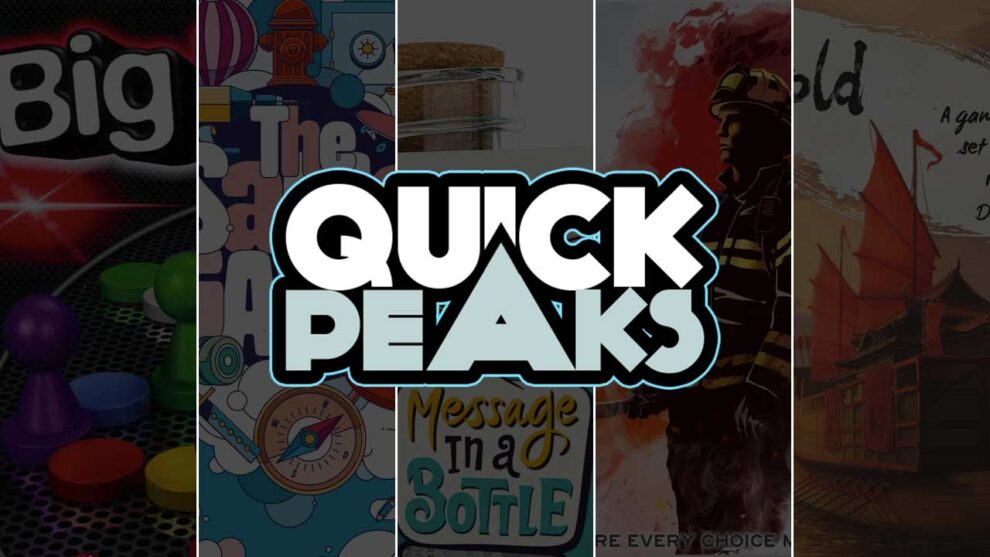
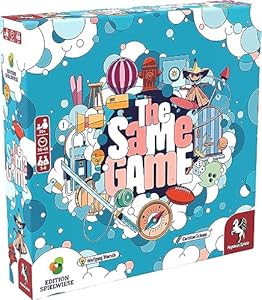
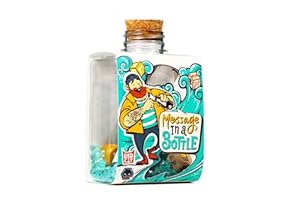

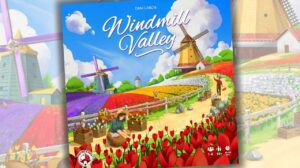

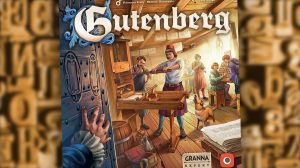



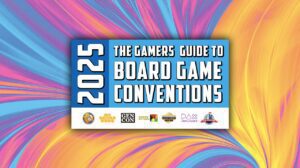
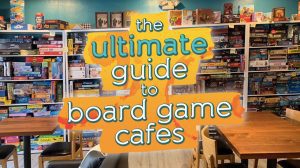
Add Comment